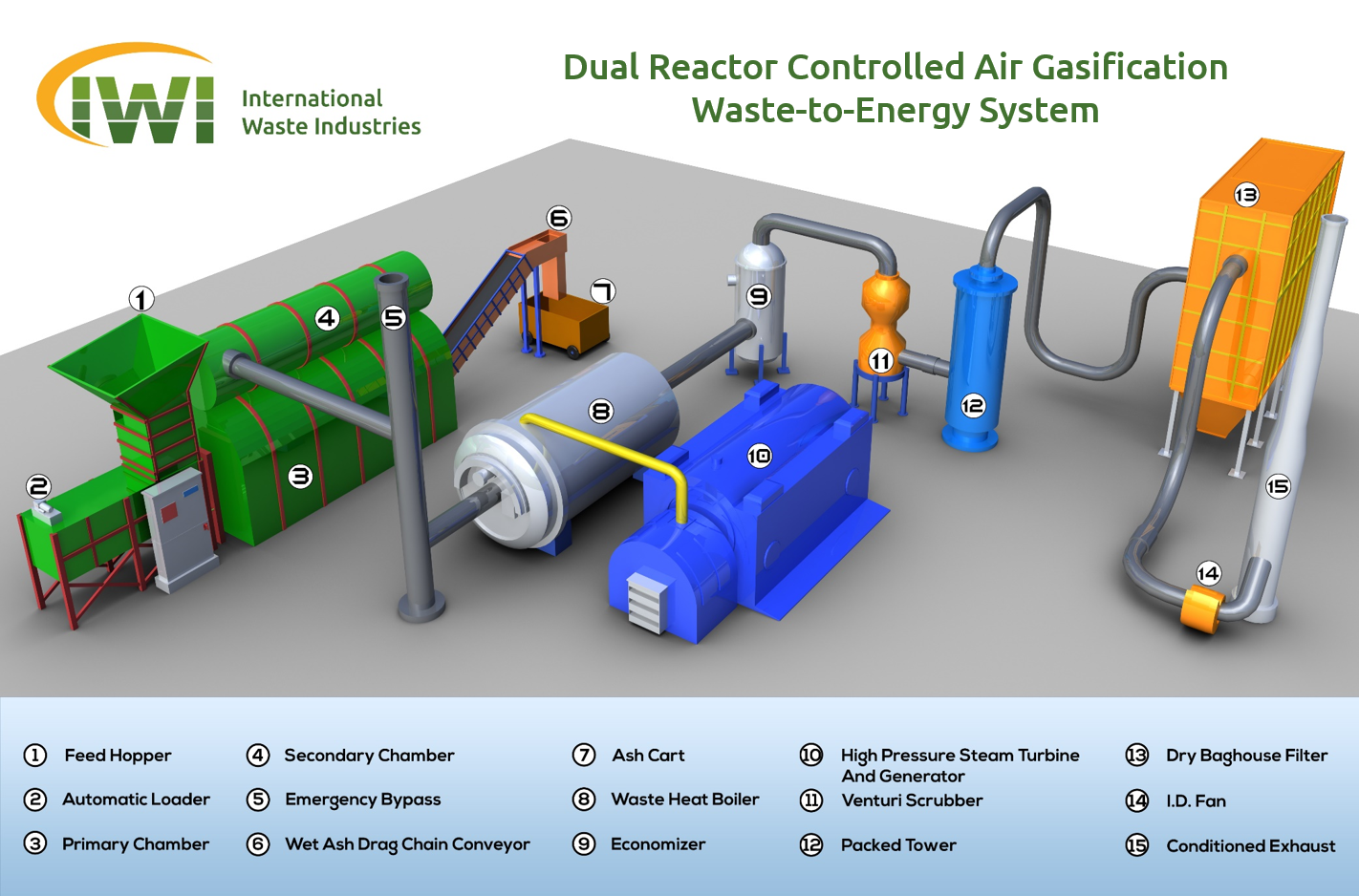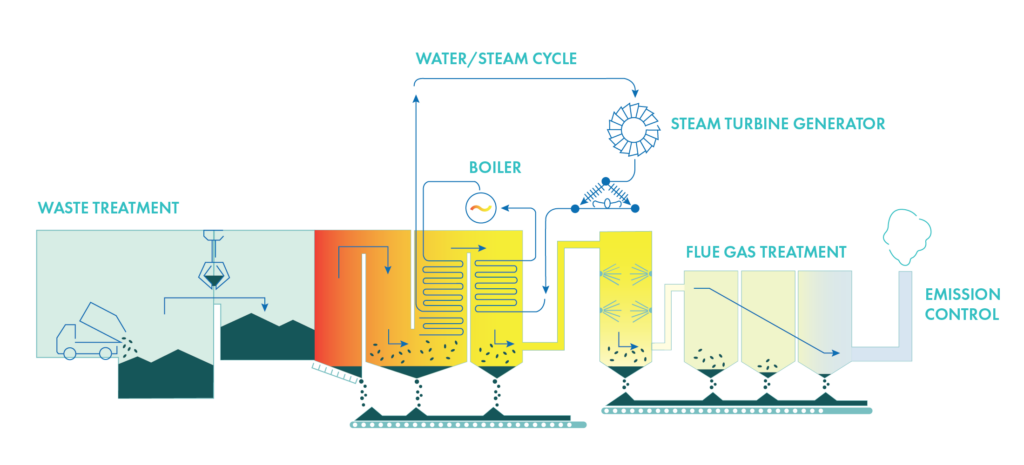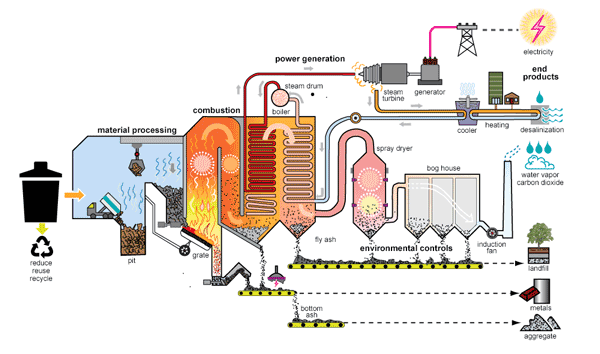Waste-to-Energy (WTE) Systems transform organic waste such as agricultural residue, food scraps, and animal manure into usable energy through processes like anaerobic digestion, pyrolysis, or gasification. These systems produce biogas, electricity, or heat while simultaneously reducing waste volumes and associated environmental hazards.
Anaerobic digestion is particularly popular in rural settings and small municipalities, offering decentralized energy access and nutrient-rich byproducts (digestate) that can be used as fertilizer. WTE systems reduce methane emissions from landfills, promote circular economy practices, and enhance local energy resilience, especially in communities lacking consistent grid access or waste management infrastructure.
These systems support sustainability goals across water, energy, and food sectors and can be tailored to various scales, from household to municipal levels.



